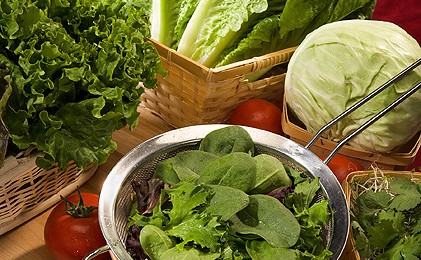Crops
-

Recently AgFax.com published an article by UGA scientist Lenny Wells on the current status of peaches and pecans in Georgia. You can read the article here. In the article Wells discusses the chill hours needed by peaches and notes that because of the cold winter the peaches have received plenty of chill hours this year.…
-

Now that March is upon us and the atmospheric pattern has shifted into something that is bringing more spring-like weather to the Southeast, it’s time to think about planting. And that means thinking about the last frost of the winter. AgroClimate has a tool which shows the last frost date by county for the Southeast. …
-

Two stories in the news this week highlighted farmers who are successfully growing crops in tough climate conditions. An National Public Radio story last week showcased an Alaska farmer who is farming in the tundra near the town of Bethel. According to the story, last year he produced 50,000 pounds of potatoes, beets, carrots and…
-

The Packer published an article yesterday describing the damage to early blueberries caused by the cold temperatures on February 17-20. Temperatures fell into the low 20s overnight and caused damage that may amount to 10-30 percent of the early blueberry crop. Farmers that ran frost protection lost 10-15 percent of their crops while farmers that…
-

A recent study by researchers at Kansas State University looked at wheat yields in areas across the world to see how temperatures affected the yields of the popular crop. For the study, researchers systematically tested 30 wheat crop models against field experiments from around the world that were conducted in areas where the average temperature…
-

Do you have a need for chill hour measurements? There are a couple of online sources that you can use to calculate chill hours for your location. AgroClimate has a great graphic package that allows you to pick between two chill hour models. You can find it at https://agroclimate.org/tools/Chill-Hours-Calculator/. If you are in Georgia, the…
-

The Christian Science Monitor published a story earlier this month that describes the efforts of some scientists to improve drought resistance in plants by changing their ability to regulate water use. The hope is that by changing the way plants respond to moisture stress, they may be able to alter their behavior when water is limited…